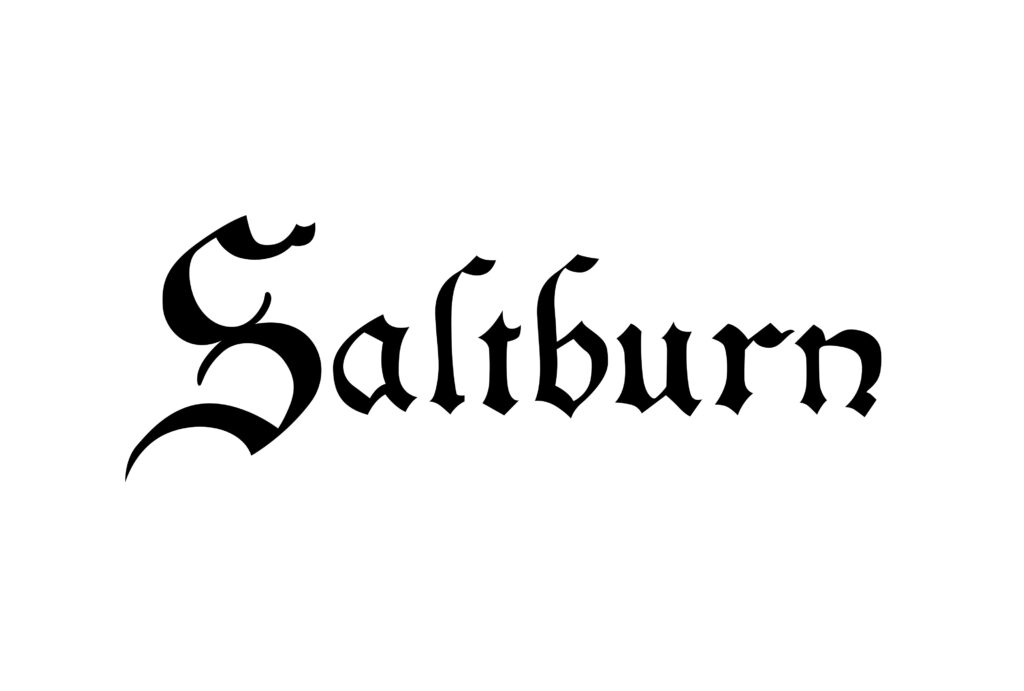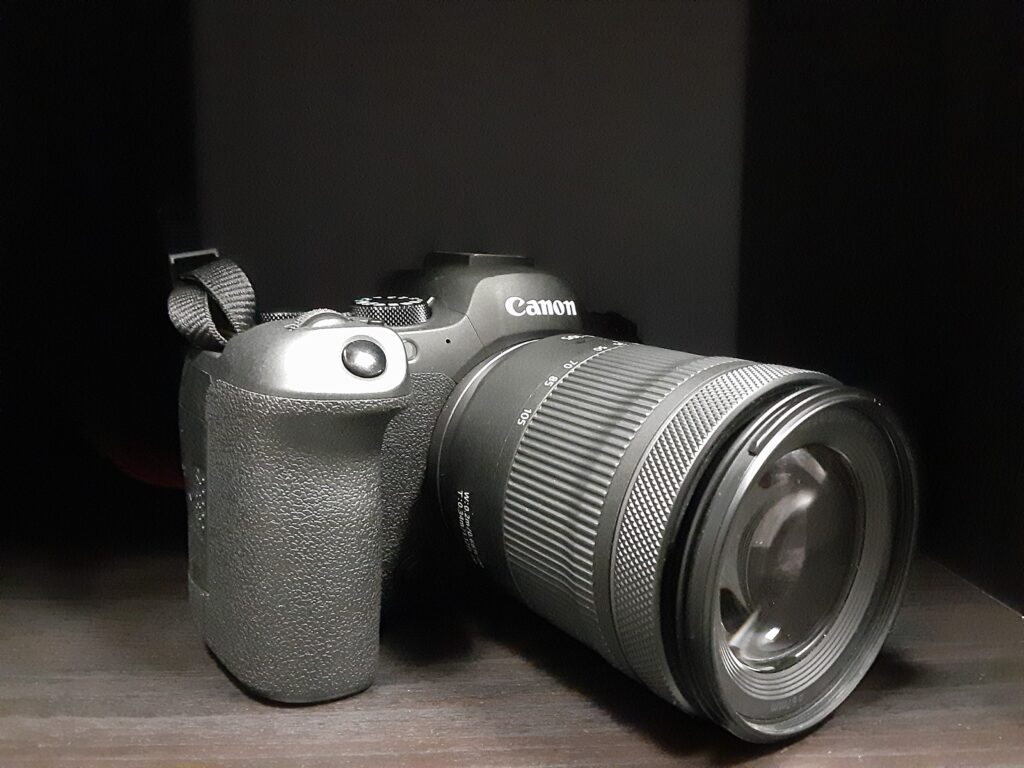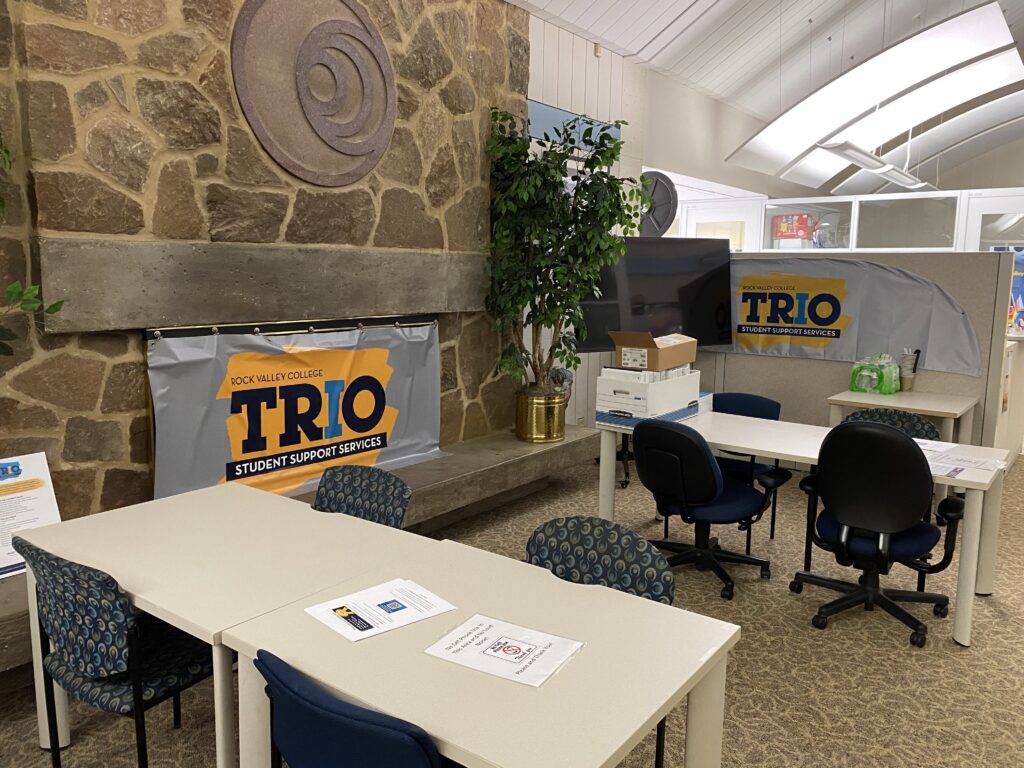
Roger Deakins is considered one of the best cinematographers in the film business. His stunning visuals and dedication to his craft have set him apart from his colleagues. His use of naturalistic style and intricate use of lighting makes him unique in his approach. Deakins impressive resume has been nominated for 13 Oscars, but he has surprisingly never gotten a win. Deakins work on Blade Runner 2049, I believe will finally reward him the elusive Oscar, and cement his legacy as one of the best cinematographers ever. Before his film style is dissected Deakins journey to Hollywood is interesting.

Roger Deakins was Born May 24, 1949, in Devon, England. His mother was in the acting business while his father was a builder. He went to the National Film School in England. Deakins started his career making documentaries about a variety of subjects. Starting off with animals in Africa being unfairly hunted and then filmed a voyage around the world. His first major success was with the Coen brothers in 1994 on their film The Shawshank Redemption. That film was a worldwide hit and gave Deakins his first award from the American Society of Cinematographers (ASC).
From The Shawshank Redemption, Deakins has been nominated 12 times for Best Achievement in Cinematography. Some of the films include Skyfall, Sicario, True Grit, No Country For Old Men, O Brother Where Art Thou, and Fargo. Deakins has also won multiple BAFTA (British Academy of Film and Television) Awards along with ASC as well. Deakins received a Lifetime Achieve Award from the ASC after his film True Grit. If there is one thing Deakins is short on it’s an Oscar, but the tide is changing on that front. Deakins has been in the industry since the 1980s when he was working on projects in his home country.
Outside of the film world, if Deakins isn’t on the job, he’s usually out fishing or traveling with his wife. He married his script supervisor Isabella James Purefoy Ellis in December of 1991, and they’ve been together ever since. Deakins has a style he wears every day, jeans, boots, and a white shirt. At least Deakins’ cinematic style is better than this clothing (depending on who you ask).
In True Grit, there is a scene where Cogburn is trying to save Maddie from a snakebite and her beloved horse Little Blackie trek across the landscape to save her life. The ride started in the day but then passed to nighttime. At one point there was a wide shot when it was dusk as the group riding was a black silhouette across the shot. The landscape was vibrant with the sun just setting as the indigo to orange sky fills the landscape on the barren terrain. This helps convey that this is their ride to fight against time and they‘re racing against themselves all alone.
It’s nighttime and Little Blackie has given all he’s got. There is a lot of finality in this ending scene from the key light, to the somber music, and to the barren frostbitten wide open landscape all point to this intense moment. The lighting has sad shadowy landscape dominant in the forefront of where this scene is taking place. Little Blackie falls down, and the tall shadowed Cogburn gets up and has to put Little Blackie down as the camera is from Maddie’s floor perspective. Then he takes Maddie in his arms and runs all the way to a home to get her right attention. All this is done in the night sky, and it’s clear that this is one of the best scenes in the movie. Following their desperate intense ride to help from the afternoon light of the mess they’re in through to the somber last step in the all-consuming night sky.
Not only does this show the emotional final ride, but sets up the ending of the story. Visually creating the heavy intense moment of Cogburn’s caring heart and Little Blackie encompassing true grit and ending the film as Maddie is appropriately laying to rest Rooster Cogburn. She then walks away as a silhouette over the hill as the film ends. The  last 12 minutes are full of Deakins’ intricate shots and scenes that are lit perfectly to communicate the cinematic language clearly of where the film was heading and how it is going to be wrapped up.
last 12 minutes are full of Deakins’ intricate shots and scenes that are lit perfectly to communicate the cinematic language clearly of where the film was heading and how it is going to be wrapped up.
In Skyfall, Deakins has a scene that is set into motion that leaves an audience in awe. The scene follows Bond and M as they’re escaping from the public eye. They get into a cool and head for a scenic place. The camera angle that follows is seamless from a helicopter that follows them through the scenic terrain. The next shot is M getting out of her car to stand next to Bond and talk. Where they converse is spectacular. M and Bond are the middle compositions of the wide shot as a picture perfect landscape is in front of them. A low grey cloud front is moving slowly through the mountainside that is full of green luscious grass and beautiful mid-renaissance architecture spotted throughout the scene. The camera angle was from the ground, but the shot was surreal that it invokes feelings like one is right there listening in on their conversation.
No doubt is the scene perfect, but it also allows Deakins to convey that this is the calm before their storm so they can spend one nice moment together as it may be their last. The cloudy, drizzly atmosphere helps insinuate that this is not a lightweight scene. The cinematic language is clear when Bond is looking out on his old hometown before M gets out to meet with him. There’s a lot emotionally and mentally work and when M joins us it allows the audience to see how much M means to Bond and the great history that they’ve shared together. Deakins had the right scene, in the right place, at the right time.
Deakins most recent work is the brilliantly shot Blade Runner 2049. Officer K is standing still on a walkway and looks over at a bright billboard. The billboard comes to life as a giant, “Joi,” hologram and kneels in front of K. The light emitting from the hologram is mainly pink with a little blue and it washes over K and the walkway behind him. Everything around the two is misty dark and the only source of light is the hologram, where K is looking up is right in her eyes. This is visually appealing as the brief conversation in the center of the shot ensues. The hologram stands back up and sets back into the normal spot and the area around K is dim again. Breathtaking.
K is in a death match fight with Luv who is Wallace’s number one assistant. As they fight over who is going to take Deckard, they’re combat fighting next to a soaring concrete wall with waves crashing in. It’s nighttime. The only source of light is coming from the vehicle Luv and Deckard was in. As K and Luv are fighting the camera goes in and out of them being silhouettes and using the light from the vehicle as the key lighting component to tell who is who in the shadows. It never left one confused as who was who, but the scene was set up to become a lot more dramatic and audibly busy. Heavy waves crashing, big hits, and yells added into the tense moment those shots were.
A different style that appeared was when K is talking with his boss, Lieutenant Joshi.  The camera shot is filmed through a window that rain is rushing down on. The two conversing can be seen in a translucent shot that adds depth to their situation. This conveys the moments that they’re not sure what to do about the Sapper Tree property, or what to make of it. Leaving the viewer wrapped up in the same feelings as they would ostensibly have at that moment.
The camera shot is filmed through a window that rain is rushing down on. The two conversing can be seen in a translucent shot that adds depth to their situation. This conveys the moments that they’re not sure what to do about the Sapper Tree property, or what to make of it. Leaving the viewer wrapped up in the same feelings as they would ostensibly have at that moment.
All the different cities and area that appear in Blade Runner 2049 have their own feel and characteristic. Los Angeles is dark, crowded, rainy, accented with different neon lights. Las Vegas is deserted, orange/red, dusty, and weathered. San Diego is a trash pit, clear, filthy, and industrial. Sappers Farm is foggy, wet, old, and mystic. Each area communicates a different attitude and perspective to the film and how it is captured in that world.
Roger Deakins has built himself a résumé that most people in the film industry would drool over. Blade Runner 2049 is next level verisimilitude and will immortalize Deakins as one of the best Cinematographers of all time. What he has brought to the film industry mastering the naturalistic style and brilliant manipulator of light has changed the film forever. Deakins use of vibrant colors, intrinsic lighting, and complimenting cinematic language is impossible to find in other styles.
After all these years he’s still thankful that he’s able to continue to play in his dream job and have fun. Loving what he does is his key to longevity in the film industry. To the point where he regularly interacts with his followers on his cinematic website and helps by giving advice, tips, and tricks on how to shoot a scene or his perspective on a concept. Fun and games set aside, Deakins undoubtedly deserves an Oscar, adding to his already legendary status.
Editor’s Note: The featured image is the same as the lower image on the piece, and that was taken by David Holt (license under CC BY 2.0). The picture of Roger Deakins was taken by David Torcivia (license under CC BY-SA 2.0). The landscape image is under Public Domain.








